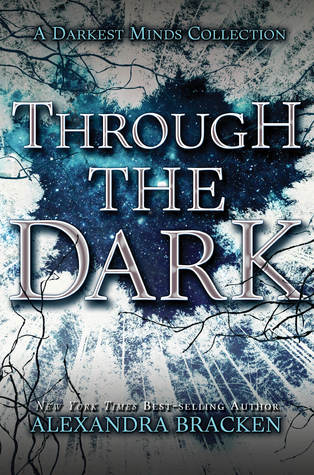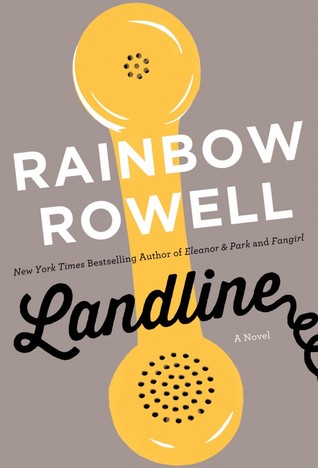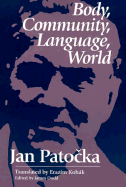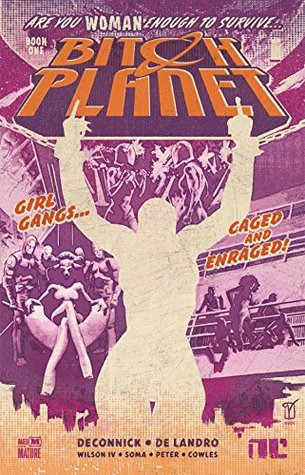This Census-Taker by China Mieville. 206 pages
(in the edition I read, which was a galley).
This is Mieville's newest book, a novella-length story about a boy who is left alone with his father, an angry (and perhaps demented) man. The book begins, "A boy ran down a hill path screaming. The boy was I. He held his hands up and out in front of him as if he'd dipped them in pain and was coming to make a picture, to press them down to paper, but all there was on him was dirt. There was no blood on his palms." The boy has witnessed a traumatic event, but is confused about the details. Has his father killed his mother? And when a stranger knocks on his door, is he friend of foe?
This book has been blowing up on the Internet lately, and I've been finding it everywhere from NPR to The Huffington Post, Slate, and beyond.
NPR calls it "A Quiet Book With A Murderous Heart."
Definitely read that article on NPR if you have time; it's a bit of a love letter.
This story is like a mystery wrapped in a fairy tale wrapped in the kind of story you just can't classify. Does that make sense? You never get a clear sense of place, although you have bits and pieces. There is a town. The boy and his parents live on a hill. Things have a post-apocalyptic tinge to them, but that's not the point of it all. The thing is: you are left to puzzle out if there has been a killing or a leaving, and then who it really is who knocks on the door.
Typical of this author, many things are never explained. There are shadowy hints, and there's a bit of magic (the keys the boy's father makes, for example, which don't unlock doors, but instead make things happen). Seeing things through the eyes of this boy, you can't always be sure of what's true, or what's real; it has to be enough that it is real and true to him.
Really, the
NPR article written by Jason Sheehan puts it more beautifully than I ever could. "This Census Taker is a small, quiet and gentle book with murder at its center. It's a beautiful chocolate that you bite into and find filled with blood. It is Miéville at his most sparse, his most controlled and restrained — giving us a world defined by a broken carburetor, the sound of a walk being swept, a pantry full of mushrooms and spiders, the distant flickering of neon. And while the blind spots of the boy at its heart — the things he does not know, the questions he does not ask — may drive you crazy, the questions that Miéville leaves itching in your brain at the turn of the final page are almost as interesting as the (few) truths that have been uncovered."
Beautifully written, this book takes the reader into a place that I found to be uncomfortable and strangely appealing. I am a huge fan of this author, and that is what I enjoy about many of his books (the ones I have read over and over again, and savor each time). I like that things aren't explained and the worlds aren't comfortable, and the story can be a bit sinister or unnerving, and I love how the author's writing and use of language transports me as I turn the pages.
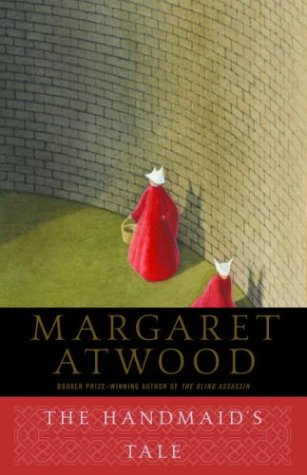 The Handmaid's Tale, by Margaret Atwood, 311 pages
The Handmaid's Tale, by Margaret Atwood, 311 pages





